193) Read ‘Path of the Paddle’ by Bill Mason 31 Jul 2012
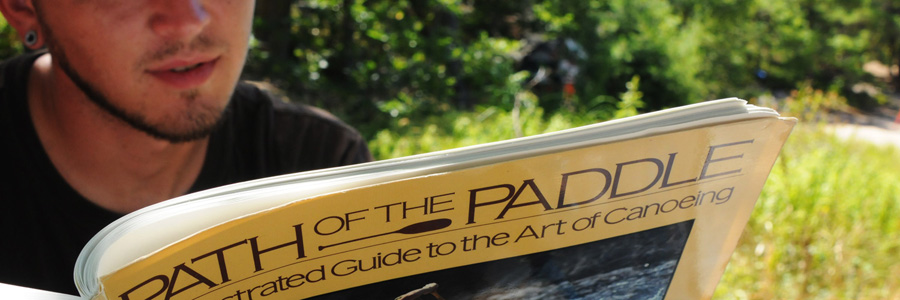
“….the canoe is not a lifeless, inanimate object; it feels very much alive, alive with the life of the river.”
– Bill Mason, Path of the Paddle
Leaning how to canoe is a subtle art. In my opinion, it’s much like dancing. Everyone knows how to dance to a certain degree, or should I say….everyone knows how to move their bodies rhythmically; it’s an intuitive act. Same with canoeing. You throw a novice paddler into a canoe for the first time and that novice will likely figure out naturally how to propel that canoe forward. More than likely, they’ll stick their their paddle into the water, shift forward with their weight, and then pull back, allowing the canoe to gain momentum. But, like learning to dance gracefully, it’s all in the subtle details that which defines an experienced paddler from a novice paddler. I like to think that the end-goal of paddling (irregardless of getting from point A to point B) is finding that perfect balance, that palpable rhythm between your canoe, your own body, and the water that carries you both; this is the ultimate dance.
You could probably master all the canoe techniques you’d need to know simply by visiting this terrific Youtube channel, and then applying these skills out on the water. However, I recommend learning from Bill Mason – the late, great master himself. (To learn more about Bill, read this post we wrote back in April about purchasing his book, Path of the Paddle).
This past weekend, we went out on a short canoe jaunt to Georgian Bay Islands. We brought along Bill’s book and wherever possible (i.e. wherever we could find solace from all the awful, giant power boats, we practiced our skills.)
Word of advice to fellow paddlers: don’t even bother visiting Georgian Bay Islands National Park in high summer. It’s literally a trailer park for boats, and you’ll have to paddle down a giant boat highway for the vast majority of the trek. Big mistake on our part. Thanks to John and his masterful stern skills, we were able to dodge the obstacles (namely: annoying, old yacht guys and cocky city kids driving their parents’ expensive boats). We’re declaring war on all of them.
I leave you with a quote from our favourite author, Edward Abbey:
“Wilderness and motors are incompatible and the former can best be experienced, understood and enjoyed when the machines are left behind where they belong — on the superhighways and in the parking lots, on the reservoirs and in the marinas.”

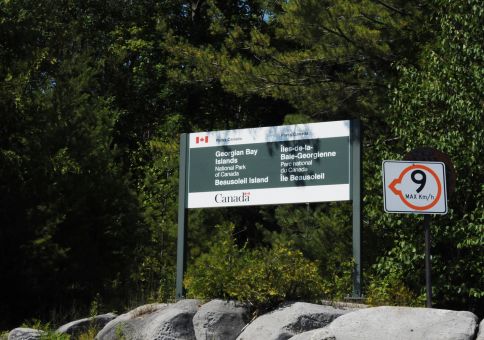
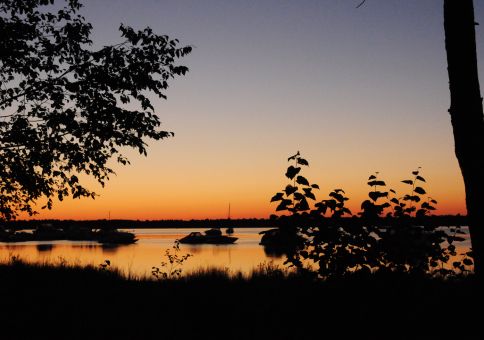
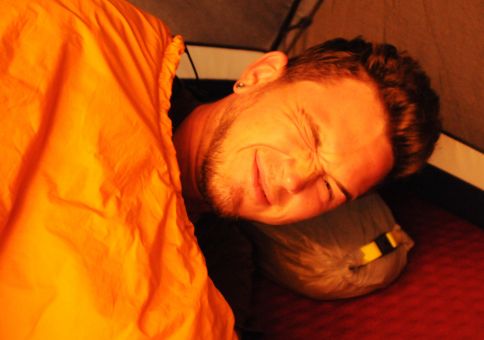
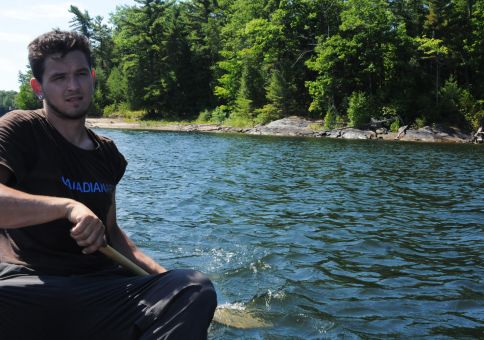
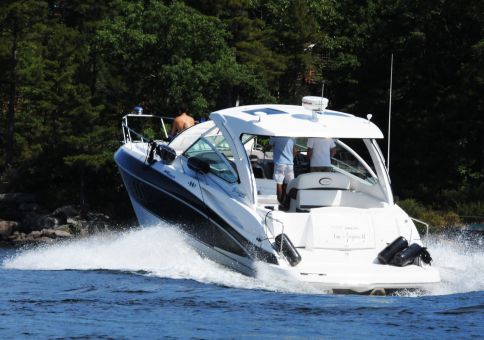
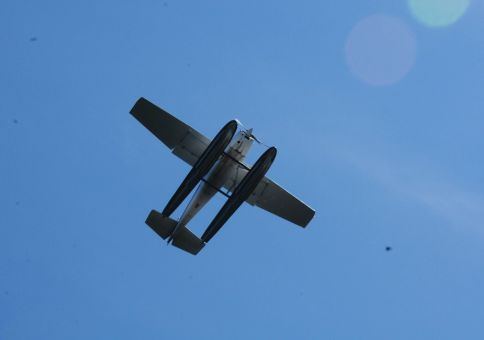
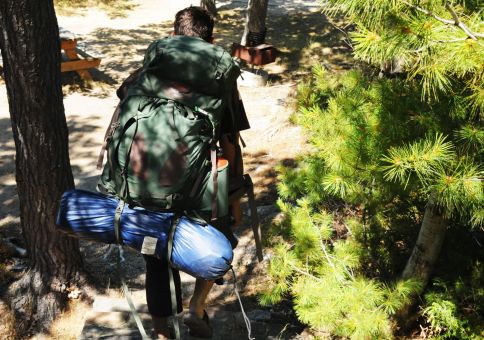
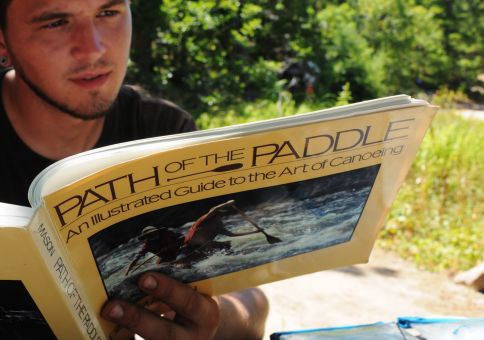
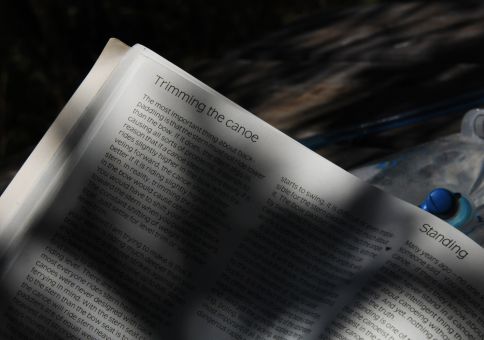
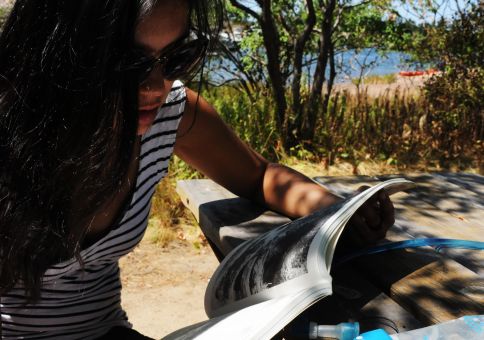
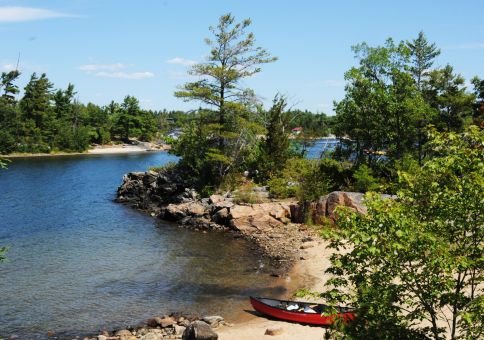
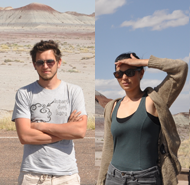
Pingback: 365 things in 365 days » Blog Archive » 194) Read a book while drifting in a canoe
Pingback: 365 things in 365 days » Blog Archive » 195) Paddle stern
Pingback: 365 things in 365 days » Blog Archive » 83) Buy a rare book